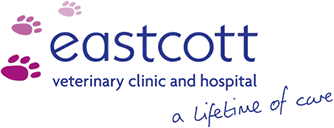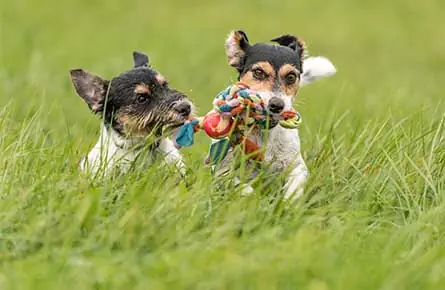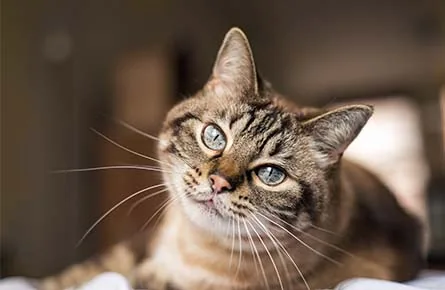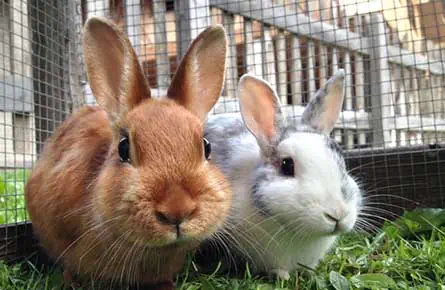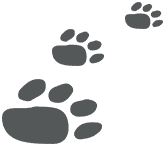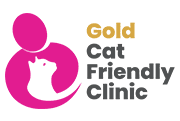Free Pet Dental Check-ups When Referred By One of Our Primary Care Vets!
Eastcott Vets is proud to be a centre of excellence for pet dental care and oral treatments here in the UK.
We firmly believe that prevention is better than cure, which is why we offer FREE pet dental checks in Swindon with our specialist referral team when referred by one of our Primary Care vets.
These checks help to assess your pet’s oral health and offers you the opportunity to gain industry-leading veterinary advice, all at no additional cost!
Don't miss out on this fantastic opportunity to have your pet's teeth checked for free by some of the UK's most experienced veterinary specialists.
New client? Please register your pet online with us before booking:
Returning client? Contact us today to book your pet's appointment and become eligible for a free referral consultation:
Call Us On 01793 528341 Book a Pet Dental Care Appointment Online
Pet Dental Care in Swindon
Much like humans, pets can experience tartar buildup, which can lead to tooth decay and gum disease. Simple habits, such as brushing your pet’s teeth once or twice daily, can significantly improve their dental hygiene and prevent tooth decay before it builds into costly dental problems later down the line. Remember: prevention is always better than cure.
At Eastcott Vets, our team is here to support you with your pet’s dental care needs. We aim to ensure that your pet’s oral hygiene is managed effectively and that you have the tools and knowledge to maintain their dental health at home.
If during your appointment our Primary Care vet notices anything concerning with your pet's oral health, your pet will be referred to our specialist dental clinic at Eastcott Referrals for a Free Dental Check-up.
During the consultation, our referral team will:
-
Evaluate your pet’s overall oral health
-
Conduct a thorough examination of the mouth, including the teeth, gums, and the surrounding oral tissues.
-
Note any concerns such as plaque or tartar buildup, signs of gingivitis, or loose, fractured and/ or damaged teeth.
-
Recommend the most suitable course of treatment. This may include professional dental cleaning or, if required, tooth extraction.
-
Provide clear aftercare guidance to support healing and help maintain long-term oral health.
This specialist consultation will help to spot issues with your pet's oral health early on, before they become a serious and potentially costly problem.
Eastcott Vets Referrals is housed in the same building as our Edison Park Clinic, just off Dorcan Way, so you won't have to travel far to gain your free pet dental care consultation if your pet is eligible!
Call Us On 01793 528341 Contact Us Today To Book Your Appointment
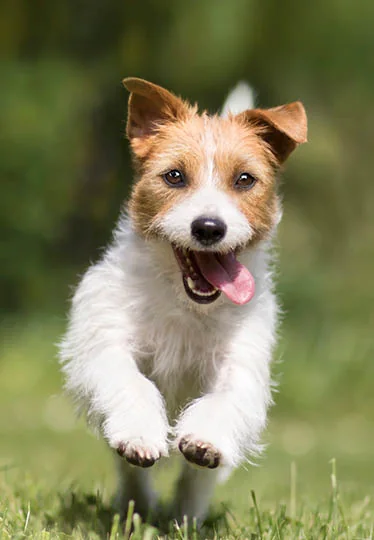
Common Signs of Poor Pet Dental Health
Be on the lookout for these signs of poor pet dental health:
- Persistent bad breath (halitosis)
- Yellow or brown tartar buildup on teeth
- Discoloured or loose teeth
- Red, swollen, or bleeding gums (gingivitis)
If you notice these symptoms or changes in your pet’s behaviour, such as reluctance to eat or chewing on one side, contact Eastcott Vets to schedule a dental checkup.
Signs of Advanced Dental Disease in Pets
Left untreated, poor pet dental care and hygiene can progress to severe pet dental disease. Look for these warning signs:
- Excessive drooling
- Bleeding or swelling around the mouth
- Difficulty eating or reluctance to chew
- Dropping food while eating
Severe pet dental issues can cause pain and discomfort for them. Early detection and treatment are key to restoring their oral health. At Eastcott Vets, we provide comprehensive pet dental care to address these concerns effectively.
Call Us On 01793 528341 Book a Pet Dental Care Appointment Online
What Happens at a Pet Dental Care Appointment at Eastcott Vets?
If one of our Primary Care vets notices concerning signs with your pet’s oral health, they will refer you for a free pet dental healthcare check with our specialist referral team. This routine dental check-up evaluates the health of your pet’s teeth and identifies any areas that may require extra attention.
Our free pet dental health checks are designed to give you peace of mind and advise you on the next steps to take for your pet’s dental care. Whether it is guidance on brushing techniques or advice on dental diets, our team is here to help you ensure your pet’s teeth remain healthy.
If you are not registered with us, please do so before making your first appointment. Register your pet online
If you're already registered with us, call us on 01793 528341 or book an appointment online.
Free Online Pet Tooth-Checker Tool
Not sure whether or not you ought to be concerned about your pet's oral health? Simply use our handy pet tooth-checker tool below and find out more about signs to look out for and next steps!
Use Our Free Pet Tooth-Checker Tool Here
